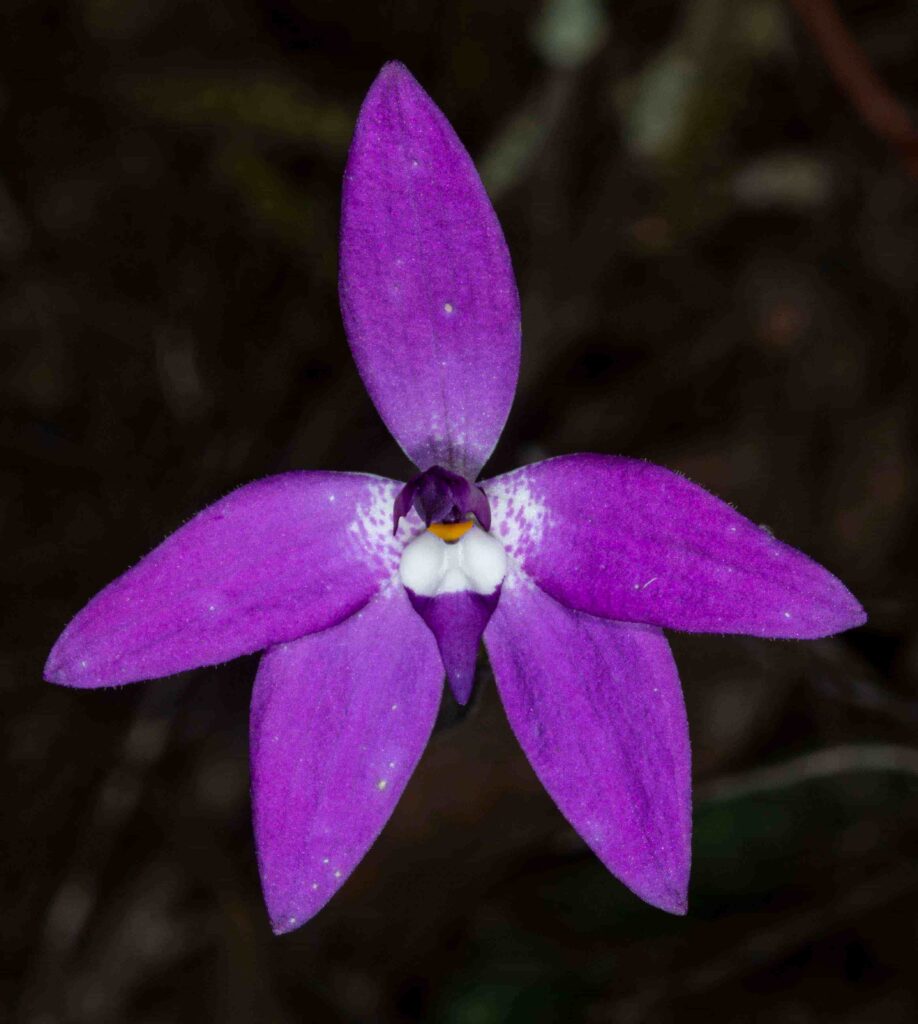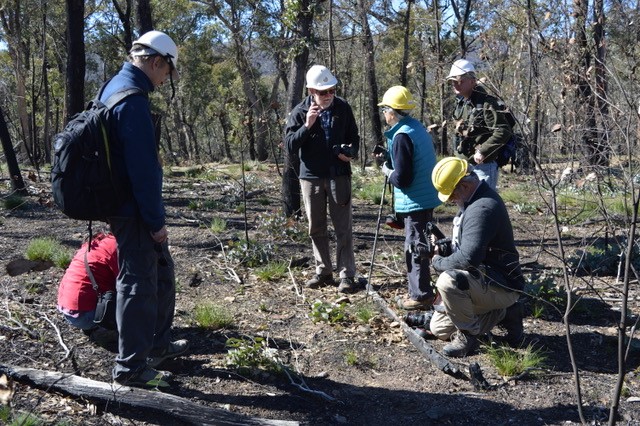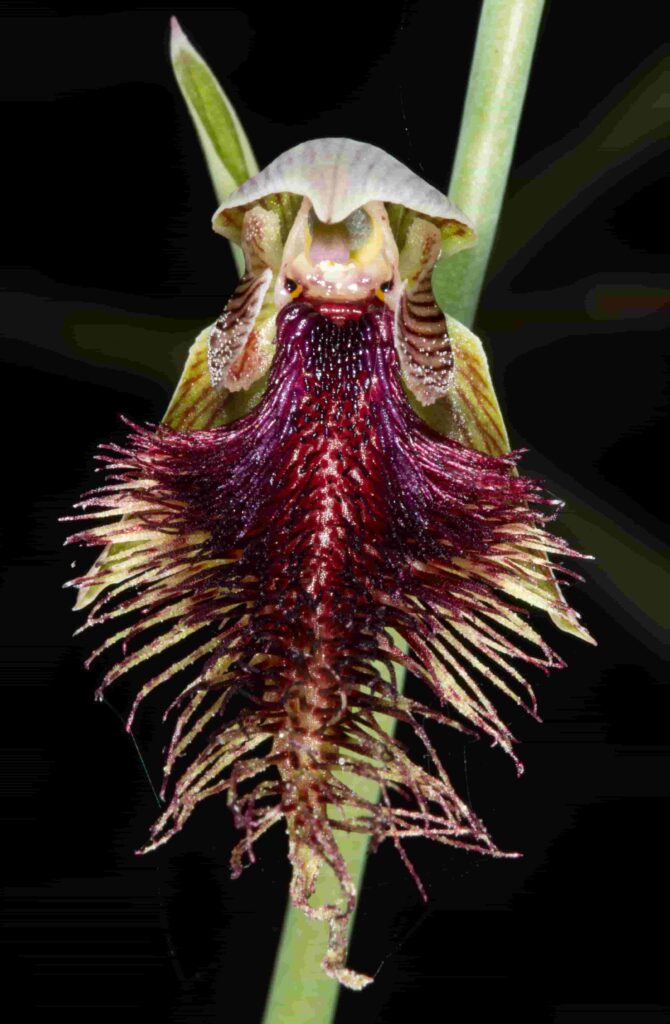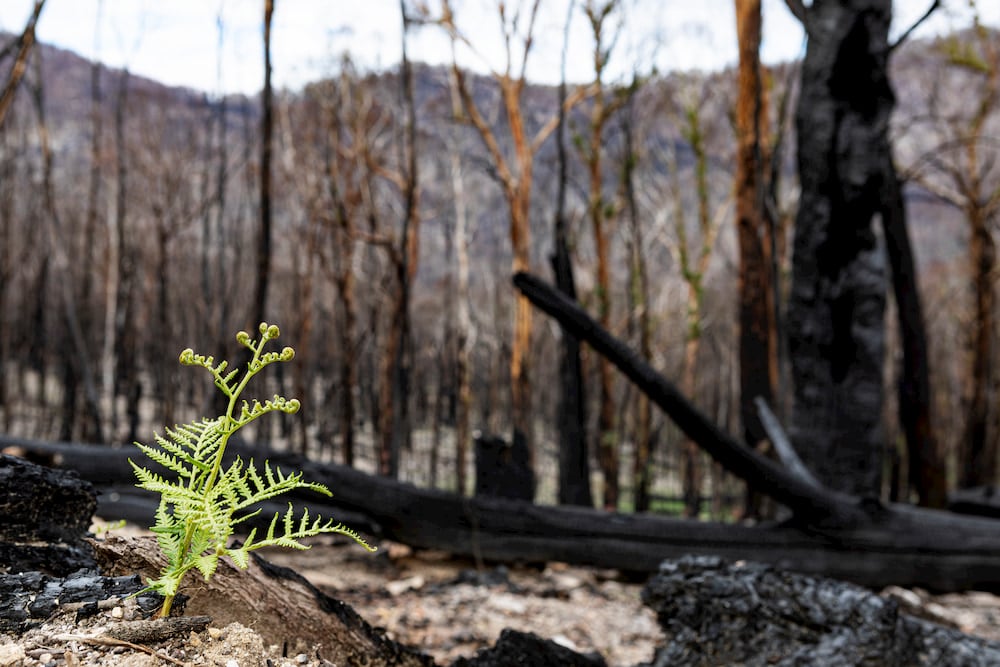Despite above average rainfall throughout autumn and winter 2020, the severity of seven years of drought followed by catastrophic fires left scars on land and living creatures that will be permanent or slow to fade.
It was a year of damage control for ACT Parks and Conservation area manager, Peter Cotsell, who was at the forefront of the recovery effort.
“This year was a reactive year, reactive in a way it had to be – we got out there, restored and remediated as much of the environment as we could,” he said.
“And we had a look at what’s left out there in terms of species.”
The recovery effort across the Territory is focused on monitoring threatened species and ecosystems, managing erosion and biosecurity issues, and protecting the pristine water quality Canberrans enjoy.
La Niña in the ACT
The first La Niña phase in almost a decade brought much-needed rainfall to the ACT; the ocean-atmosphere phenomenon typically causes a 20% spike in rainfall compared to the long-term average.

Mr Cotsell said early rains and floods were a mixed blessing after the fires were extinguished because, while they rehydrated the landscape, they also created new hazards.
“Creeks are overflowing and looking spectacular but it’s also mobilising a lot more sediment into the waterways, and trees are falling over.”
In the alpine bogs, recovery teams worked hard to prevent erosion by wedging logs of coconut fibre in tributaries to prevent drainage, a task Mr Cotsell said hadn’t been necessary since 2003.
The feral pig control program expanded and rangers continue to keep a close eye out for feral horses.
“Pre 2020 there was a stark barrier between Kosciusko and Namadgi.
“We’re looking out for horses that are here to explore; we’ve had them before but it’s been relatively horse-free for 15-20 years.”
Overall, Mr Cotsell said the wet weather was a fantastic thing for the environment.
“It does come with a lot of unexpected outcomes but that’s just because of the fires.
“We’ve seen a lot of rapid regrowth around the park and the positives around La Niña are far more than the negatives.”
Now that the recovery effort has addressed the most extreme risks post-bushfire, Mr Cotsell said the department was looking to the future with a new perspective.
“Now is the time to look at the environment through a climate change lens, and work with scientists and fire practitioners.
“It’s a whole new way of managing the park, a fundamental shift.
“Traditionally, up until now we haven’t been considering it.”

Rare orchids having a field day
Amidst a scourge of weeds that have dominated the landscape since the fires, a stunning variety of rare native orchids reared their delicate heads.
There are well over 100 species in the ACT, which is about 12% of the native plant species occurring in the ACT, however most Canberrans will never set eyes on them.
The Orchid Society of Canberra’s recently formed Conservation Group takes every chance it gets to visit the parks with the assistance of rangers, to help the ACT Government identify rare orchids in bloom, some of which have never been recorded locally.
The leader of the group of volunteers, Derek Corrigan, said the society managed to get a small local government grant, “to offset costs like fuel and bits and pieces”.
A self-described citizen scientist, Mr Corrigan has always been interested in protecting these mysterious plants, and he said the regeneration of rare and endangered native orchids in the ACT was not a simple story.
“It’s not clear why new species are found after fires. One possibility is that competition is removed and you see them – some are tiny and you could walk right past even if they were in flower.”
Different orchids require unique, highly specific conditions to grow, making it a small miracle that the post-fire conditions provided just that.

All of the ACT’s orchids are terrestrial, meaning they grow in the soil and typically follow an annual cycle.
“Part of that cycle is a period during which they’re totally dormant; everything dies off and they retreat to the tuber underground.
“So as long as it didn’t burn the tuber, the orchid should still be there.”
Orchids are ancient plants and they employ a strange variety of strategies in the fight for survival.
Depending on the species, orchids can be pollinated by mosquitos, wasps, native bees or beetles.
Mr Corrigan said orchids form “weird relationships” with specific insects, however, they offer no reward in the form of nectar or pollen.
“Whole groups of them have developed such a special relationship [with an insect species] that they mimic the pheromones of the female to attract the male. They’re sexually deceptive.”
While some species were casualties of the catastrophic bushfires, 2020 was a very good year for many of the precious native plants, the likes of which Mr Corrigan hasn’t seen for four years.
The Orchid Society of Canberra’s conservation group is enjoying it while it can.
“The bigger question is what happens as the climate changes with years and years of drought.
“How many years can they struggle with no rain?”
Corroboree frogs cling on
A time-lapse series pieced together by ANU research fellow Dr Benjamin Scheele shows a patch of land in Namadgi remained barren until spring, with ashy soil and blackened trunks contrasting wide blue skies.
Dr Scheele, a population ecologist, regularly visits the park to monitor and study amphibians.
The critically endangered Northern Corroboree Frog was threatened by a deadly water-borne pathogen, Chytrid fungus, long before the most recent environmental disasters.
While it was difficult to estimate the mortality rate from the fires, Dr Scheele said for critically endangered species of birds, mammals, fish and frogs, even the loss of 15-20% would be damaging, given the population was already on the edge.
On a brighter note, Dr Scheele observed frogs that were doing well before the fires were recovering.
“We’ve seen strong responses in a range of common frog species – they’re bouncing back really quite well.”
With plenty of moisture predicted during La Nina, fingers remain tightly crossed for a successful Corroborree Frog breeding season in late February.




